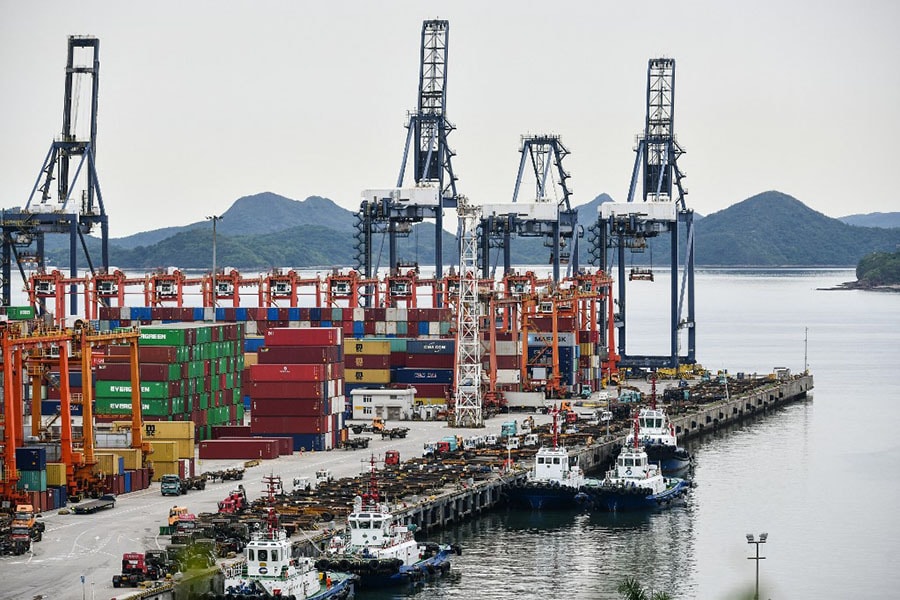
China exports fall in October, first decline since 2020
The slowdown in trade comes as global demand for Chinese products weakens with energy prices soaring and the United States facing the threat of recession
 This aerial photo shows a view of Yantian port in Shenzhen in China's southern Guangdong province. Image: AFP / China OUT
This aerial photo shows a view of Yantian port in Shenzhen in China's southern Guangdong province. Image: AFP / China OUT
China's exports shrank in October, the first such decline since mid-2020, customs authorities said Monday, as a domestic slowdown and the threat of global recession hit international trade.
Exports fell 0.3 percent year-on-year in October, according to the General Administration of Customs, a steep drop from September's 5.7 percent increase and well below analysts' expectations.
Year-on-year imports were down 0.7 percent in October, negative for the first time since March this year and down from September's 0.3 percent growth.
The slowdown in trade comes as global demand for Chinese products weakens with energy prices soaring and the United States facing the threat of recession.
Sporadic Covid-19 lockdowns have also hurt consumer enthusiasm and business confidence in the world's second-largest economy.







